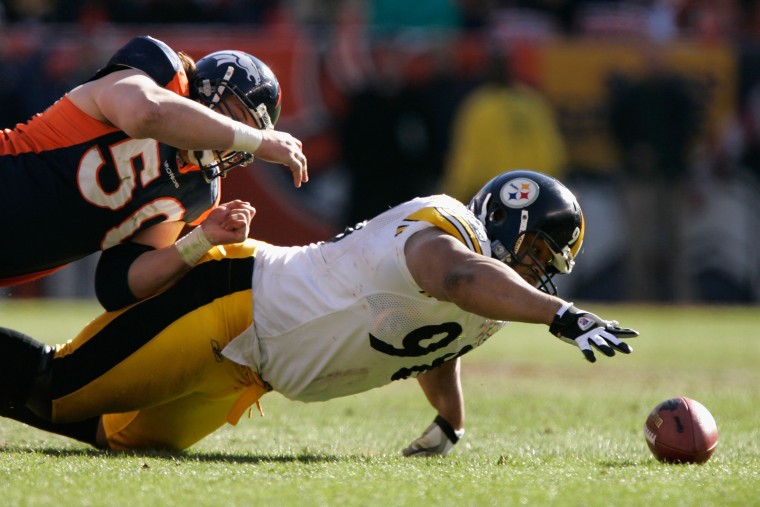Superstitious investors eager for any sign of a healthy stock market can take solace in Super Bowl XL.
That’s because no matter who loses, we win. At least according to legendary sports writer Leonard Koppett.
As the only journalist entered into the journalist wings of both the Baseball and Basketball Halls of Fame, Koppett genuinely appreciated the harmonic convergence of athletics and free enterprise.
No where will that be better illustrated than in the Feb. 5 Big Game between the Seattle Seahawks and Pittsburgh Steelers. The Super Bowl — or, more accurately, historic economic trends following the Big Game — are the linchpin to the accomplished Koppett’s most-notorious claim to fame.
He was the first to decipher and detail the Super Bowl Stock Market Indicator (we’ll henceforth refer to it as the SBSMI). Simply put, Leonard theorized that when a team from the original National Football League wins the championship, stocks rise. When a team from the now-defunct American Football League wins, they fall. (The two leagues merged in 1971, with most original NFL teams in the league's National Conference and AFL teams in the American Conference.)
Sounds like a bit of smoke-and-mirrors hooey, right?
Guess again. Since the first Super Bowl in 1967, the SBSMI has correctly “predicted” the direction of the broad market in 30 of 39 games, giving it an impressive 77 percent success rate. (Up until recently, the numbers were even more impressive, but the New England Patriots have done an effective job of punching holes in the accuracy rating. In 2002, the AFC Patriot’s win indeed was “properly” followed by a 22 percent market decline in the S&P 500. But the team’s ’04 and ’05 wins bucked the trend and were followed by respective market gains of 11 percent and 5 percent).
This year’s tilt represents good news for investors, no matter how it plays out.
Even though the Steelers are currently representing the AFC, they actually originated in the NFL’s Century Division. Meanwhile, the Seahawks represent a slightly more complex situation: The team started in the NFC, jumped over to the AFC, then was shifted back to its original division. (Their recent move back to the NFC was partially justified by the fact that the Seahawks were returning to its native conference). As such, a victory by that squad will, in theory, also portend an upward market. Piece of cake, right?
Incidentally, fans of the SBSMI note that it skews bullish, because there are 19 NFC/old NFL teams compared to 13 AFC/old AFL teams. Historically, the market has gone up more often than it has gone down.
Leonard, who died in 2003, was both proud of his indicator’s success rate and bemused by its surprising longevity. More than three decades after he first started tracking the pattern, sports and business writers — two groups that generally mix together about as well as, say, Marilyn Manson and Yanni — continue finding common ground in an annual tradition of pigskin prognostication.
So while my heart personally pulls for the Green Bay Packers, this year I’ll keep my portfolio in mind and cross my fingers that no matter who loses, I win.
Avi Stern is a business columnist with the Appleton (Wis.)-based Post Crescent. He can be reached at astern@appleton.gannett.com.
